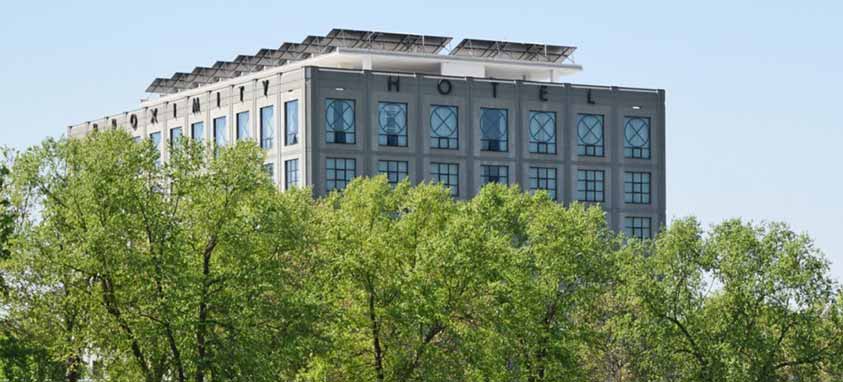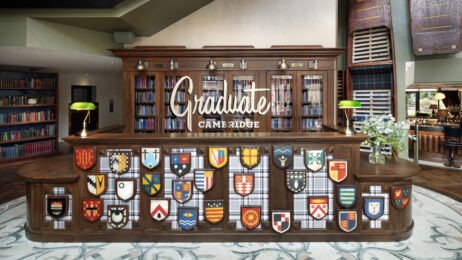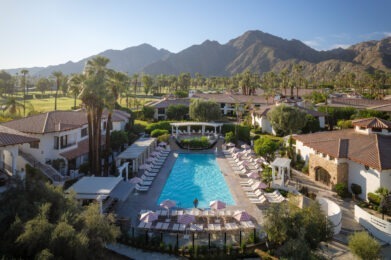Hotels worldwide are leading with LEED. The U.S. Green Building Council created this program in 1993—an acronym for Leadership in Energy and Environmental Design—to certify that buildings meet standards of energy efficiency, conservation and community sensitivity. USGBC’s rating system has four levels based on points earned: certified, silver, gold and platinum. Certified properties must accumulate at least 40 points. Platinum requires 80 points or above.
Today, LEED-certified hotels of all sizes are found in more than 40 U.S. states, 31 countries and five continents, as Green Building Councils in other countries have instituted similar programs. As of late 2015, LEED standards have been applied to approximately 83,452 projects worldwide, covering around 13.8 billion sq. ft.
For example, Tambo del Inka Resort & Spa, from Starwood’s Luxury Collection property near Machu Picchu, Peru, recently reached the entry threshold of LEED Certified by treating its own wastewater, using recycled water for irrigation and restoring more than 1 million sq. ft. of vegetation along a nearby river, among other eco-friendly measures.
That may seem a high bar, but it’s Sustainability 101 as compared to the highest level, platinum. Little wonder, then, that even in the U.S. only a handful of hotels have achieved it. Among these are:
- Bardessono Hotel & Spa in Yountville, California
- Skyler Syracuse
- The Proximity Hotel in Greensboro, North Carolina
In 2008, The Proximity became the first LEED Platinum-certified hotel in the United States. It calls itself “the greenest hotel in America.” Overall, it uses 41% less energy than a conventional hotel-restaurant.
Does that mean guests must be prepared to sacrifice to support this level of environmental care? Not according to the card found on every bed, which reads, “You won’t sacrifice one iota of luxury or comfort because of our commitment to sustainable practices. We believe that deprivation is not sustainable.”
“I want people to know about it when they are booking the hotel. But I don’t want them to notice it once they’re there,” hotel owner Dennis Quaintance told The Washington Post. “That’s the best of both worlds.”
Quaintance also scoffs at the notion that going green is more expensive for hoteliers. “It’s a myth, absolutely a myth,” he says, noting that higher upfront construction costs were recouped in about four years in tax credits and lower energy costs. “It’s not sustainable to go broke.”




